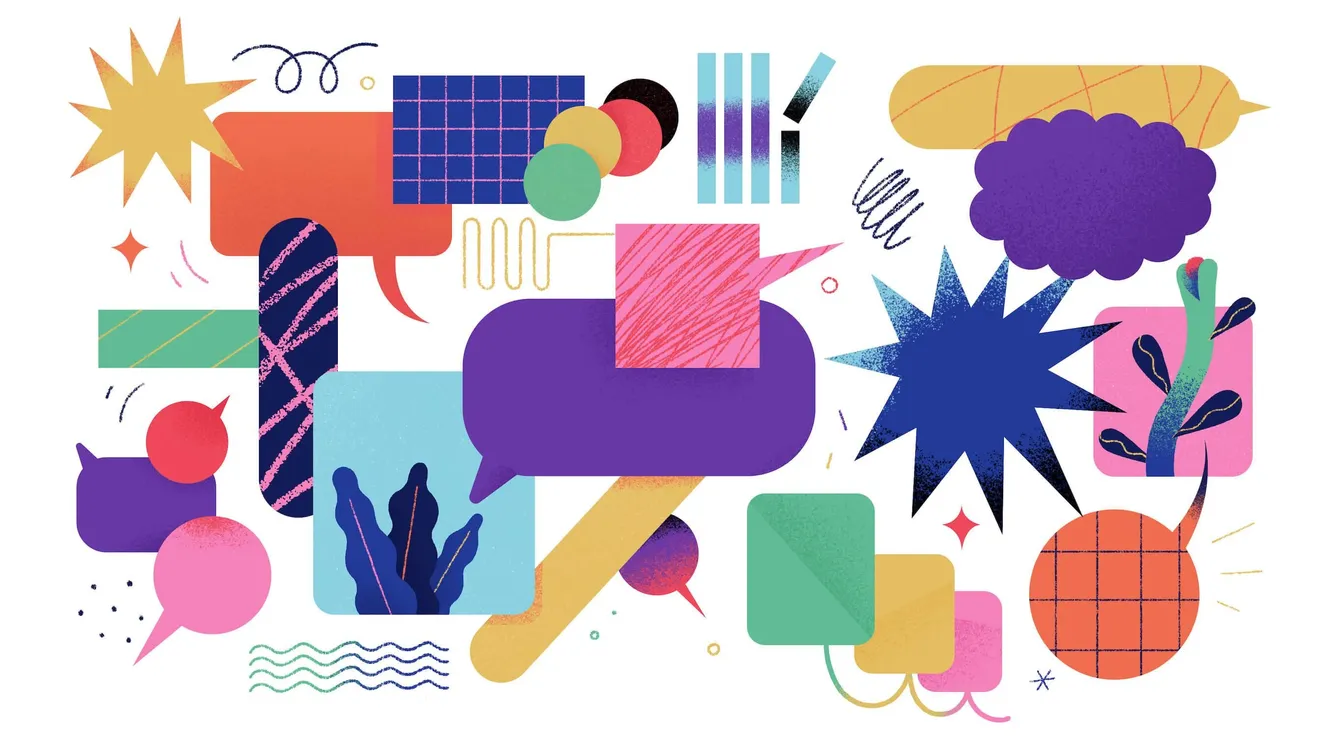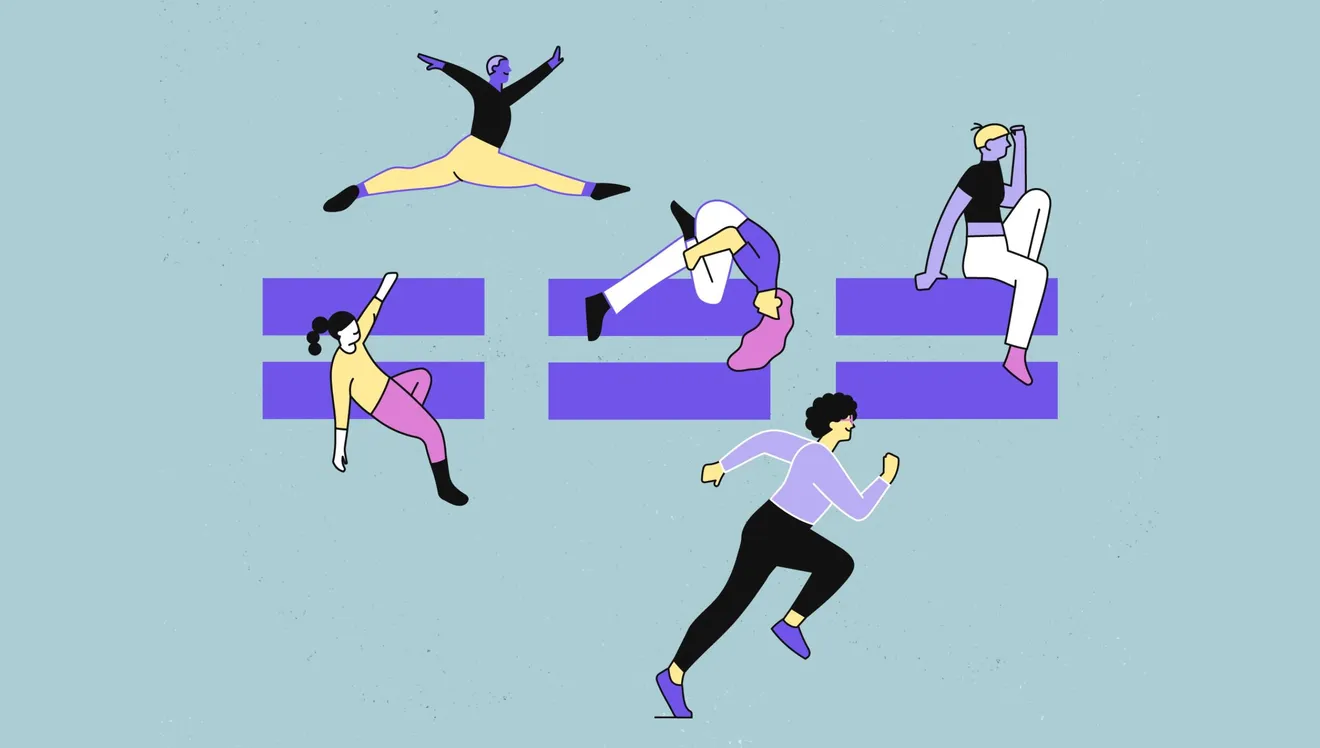We share the ins and outs of developing Z1's first Equality Plan from scratch, hoping to pave the way towards gender equality within other design and software studios.
You can download Z1's Equality Plan here.
So much has happened since the first time we sat the whole Z1 team down, literally, to talk about feminism. When we were still a company in which workers could be counted on one hand, we were already clear that gender equality would be a top priority in our daily lives.
Since then, we’ve been fighting against the many injustices in this area, especially in technology, in which the gender gap is so flagrant. We’ve taken different actions, like actively looking for female talent or training women within the company. Also organizing events such as Django Girls or boosting initiatives to destroy the glass ceiling, improve our colleagues’ careers and promote work-family balance.
Once you have your plan, the effort will have been worth it, and you will have a greater guarantee that equality will not remain just good intentions.
However, we wanted to organize all these equal opportunity efforts that are rooted in our DNA and provide them with a legal framework. So, before the Spanish Government launched the Equality Law or the regional government in Andalusia made it mandatory for companies with more than 50 workers, as we are, we had already taken the first steps to make gender equality in our company a reality.
First impressions: expectations vs. reality
It all started about one year ago and, to be honest, at the beginning, we didn't have much idea of where to start or how much work it would imply. I thought we could sort out the Equality Plan rapidly. I even remember telling Cinta Gandullo, our CFO, that I would be in charge of carrying it out all by myself.
I did not know that, as dictated by law, an Equality Plan involves a complex and time-consuming administrative process, especially if the measures you are going to adopt are as advanced as those we have proposed in ours. Now you can find the official documentation here, but when we got to work, everything was more confusing. The Public Administration was publishing information and templates in dribs and drabs, and we weren’t able to see the whole picture.
That’s why we decided to hire Artillo Abogados, a law firm whose help has been essential to clearing up many unknowns. Unlike other companies, we did not tell the lawyers to build the plan for us, as we wanted it to come from Z1, from ourselves. However, their technical knowledge made things much easier for us.

By the same token, every equality plan needs to get the labor union involved. In our case, it was Comisones Obreras (CCOO) that from the first moment agreed to become part of our negotiating table.
Thus, the negotiating commission was made up of our CTO, Emilio A. Sánchez, Pepa Bermudo on behalf of the union and me, with regular face-to-face meetings and with the support of Clarisa Guerra, our Head of Marketing, and Bárbara Carranco, a teammate from the People Department with a master's degree in Equality.
During the process: exhaustive analysis of the company’s situation
Once CCOO agreed to start negotiating the plan with Z1, the first thing they entrusted us with was to carry out a diagnosis of the company’s situation. This self-assessment is 80% of the work and without a doubt the most complex part of the entire process.
Among the demands were the staff turnover between women and men, the company census, the organizational chart, the position classifications, the salary and remuneration record, and surveys among the workforce... To carry out this detailed analysis is tough, but it makes perfect sense because this is the only way to truly verify with objective data whether there is a wage gap or a glass ceiling, among other issues.

Along with the quantitative analysis, the union told us that we should also provide them with a descriptive and qualitative analysis of the data that defined our situation. Despite the efforts we had been developing, this evaluation gave us the idea that we are still a male-dominated company, with 37.5% women compared to 62.5% men, a much more egalitarian average than that of the sector but, of course, not good enough.
Furthermore, we concluded that there are departments with a greater presence of women than men (Delivery, Front-end or Marketing) and that the QA, Back-end and Mobile departments are noticeably masculinized. The gender gap in the company was 21.62%, a worrying figure very far from the desired 0%. Thanks to the new Gender Equality Spanish law, in organizations like ours this difference cannot exceed 25%, so these plans are the tools companies have to organize their efforts and achieve that 0%.

A year of work and four meetings of the negotiating committee later, we delivered the analysis and from there, everything went more smoothly. From the conclusions we drew from the diagnosis of the situation, we were able to develop specific actions that the union immediately praised while expressing their astonishment at the path that Z1 had previously taken in terms of equality.
After the approval and the signing of the document by all parties involved, including the competent authority in the Department of Employment, Business and Self-Employment of the Government of Andalusia, our Equality Plan is now officially included on the Regcon page of the Ministry of Work and Social Economy. All the equal rights plans of any Spanish company can be downloaded in full from there, knowing the companies' VAT number.
Gender equality actions that look to the future
Thanks to our solid starting point, we have built a very ambitious equality plan that contemplates:
- The attraction of female talent with specific scholarships in the backend and mobile teams, as well as the creation of an extra bonus for recommending women.
- Internal training on equality through courses and workshops, creation of a practical guide to inclusive language and dissemination of specific gender equality content in official internal communications.
- Dynamization of feminist awareness by organizing initiatives and actively participating in days designated for gender justness such as March 8, International Women's Day.
- Creation of a harassment protocol and support plan for victims of gender violence inside or outside the company.
Now, after all the hard work, we can proudly say it’s been worth it, and we know that equality in our workplace will no longer remain mere good intentions. We have our first Equality Plan, but the work does not end here. We need to apply the actions described in the plan and improve the gender equality indicators we got from the first analysis.
Publishing an equality plan is not the end but the beginning of a path towards equality without turning back.
So, we can affirm that publishing an equality plan is not the end but the beginning of a path towards equality without turning back, something that we have been pursuing since our inception, with the difference that from now on we will have data and tools that will guide us on this path.


